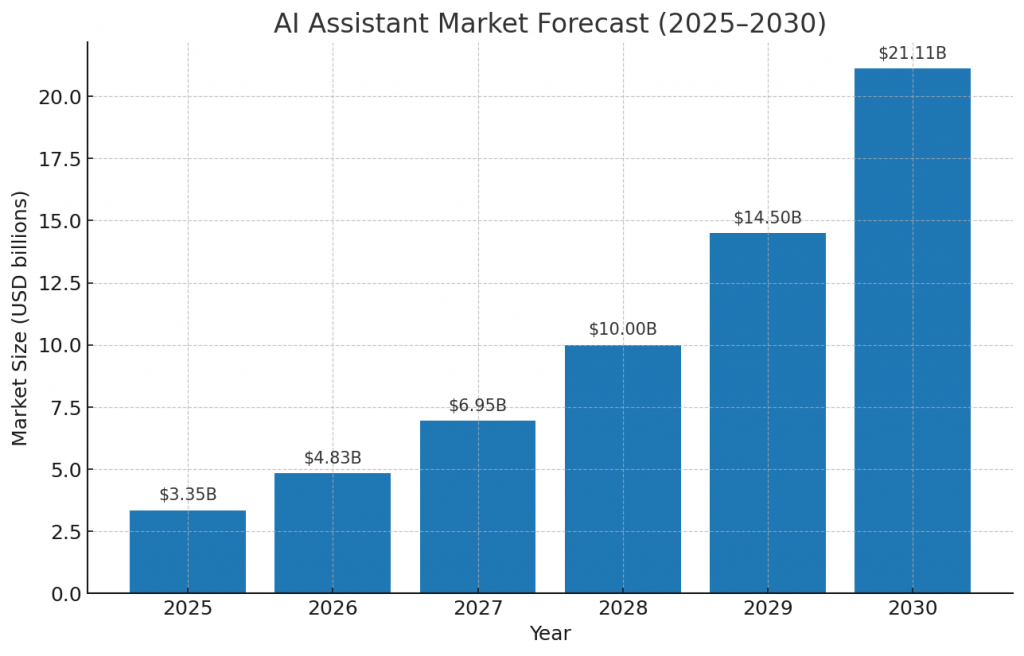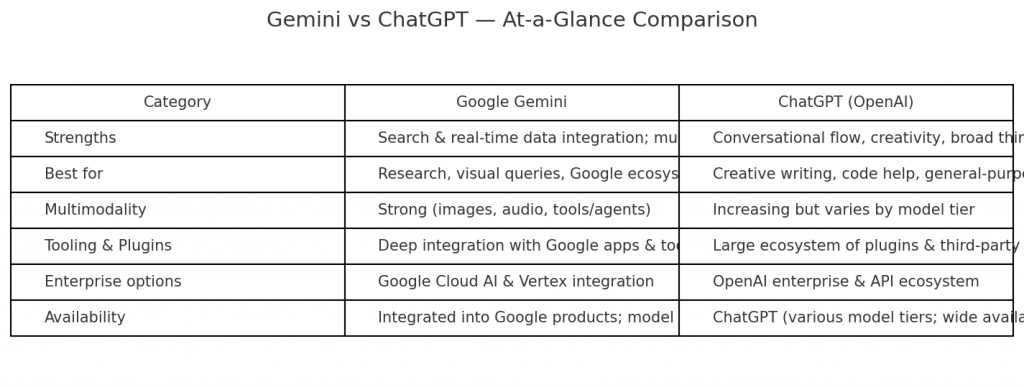- Services
- Artificial Intelligence Development
- Deep Learning & Neural Network Development Services
- Professional Machine Learning Development Services
- Enterprise Computer Vision Development Services
- Enterprise Natural Language Processing Development Services
- Chatbot & Conversational AI Development Services for Business
- Enterprise Computer Vision Solutions For Healthcare
- Transformative Healthcare AI Development
- Retail & E-commerce AI Solutions for Personalization & Growth
- AI Integration & MLOps Development Services
- AI Agent Development & Intelligent Automation
- Generative AI Solutions
- Outsourced Product Development
- Custom Software Development
- Software Customization & Integration
- Mobile App Development
- Custom Application Development
- Software Architecture Consulting
- Enterprise Application Development
- AI-Powered Documentation Services
- Product Requirements Document Services
- Artificial Intelligence Development
- Industries
- Healthcare Software Development
- Telemedicine Software Development
- Medical Software Development
- Electronic Medical Records
- EHR Software Development
- Remote Patient Monitoring Software Development
- Healthcare Mobile App Development Services
- Medical Device Software Development
- Healthcare Mobile App Development Services
- Patient Portal Development Services
- Practice Management Software Development
- Healthcare AI/ML Solutions
- Healthcare CRM Development
- Healthcare Data Analytics Solutions Development
- Hospital Management System Development | Custom HMS & Healthcare ERP
- Mental Health Software Development Services
- Medical Billing & RCM Software Development | Custom Healthcare Billing Solutions
- Laboratory Information Management System (LIMS) Development
- Clinical Trial Management Software Development
- Pharmacy Management Software Development
- Finance & Banking Software Development
- Retail & Ecommerce
- Fintech & Trading Software Development
- Online Dating
- eLearning & LMS
- Cloud Consulting Services
- Healthcare Software Development
- Technology
- Products
- About
- Contact Us
Google Gemini Is Ready to Compete — What to Know If You’re Thinking of Ditching ChatGPT
If you’ve been wondering whether to take a break from ChatGPT and try Google Gemini, you’re not alone. The big question — beyond clever marketing — is whether Gemini brings something materially different to everyday AI use. The short answer: yes — and not just in small ways. Gemini’s strengths are built around Google’s massive data plumbing, tight product integration, and a clear focus on multimodal, agent-style capabilities. But picking the right assistant depends on what you want it to do: creative writing and conversation? Code help? Research and visual search? Each assistant has a zone of excellence.
What Gemini actually brings to the table
Google’s approach with Gemini has been to lean on three practical advantages:
-
Search and live knowledge plumbing. Gemini benefits from Google’s real-time indexing and deep search infrastructure, which means it can, in many situations, pull fresher facts and tie answers into live search results or Google services. That makes it especially useful for research workflows where currency matters.
-
Multimodal natively. Gemini has been developed with images and audio in mind from the start: not just as add-ons, but as part of the model’s core capabilities. This opens use cases like visual search, image-aware reasoning, and multimodal assistants embedded into devices and apps. Google’s roadmap for Gemini 2.x emphasizes this agentic, multimodal direction.
-
Tooling and ecosystem integration. Where Gemini shines is when it’s asked to coordinate across Google’s ecosystem: documents, Drive, Gmail, Maps, and the Search/Shopping Graph. That vertical integration reduces friction for users who live in Google apps and want an assistant that can act across them. TechRadar’s early impressions flagged these strengths in practical scenarios.
Those advantages don’t erase the advantages ChatGPT carries — such as a mature plugin ecosystem, strong conversational tone, and a developer community with a broad set of creative applications. For many users the difference will be one of fit rather than a clear-cut “better.” Recent third-party comparisons suggest Gemini excels at research and visual tasks, while ChatGPT often wins at creative and conversational tasks.
Real-world signals and adoption: what the numbers say
A few headline statistics help ground the enthusiasm:
-
Major industry surveys show rapid enterprise adoption of generative AI: McKinsey and related surveys report that a large majority of organizations—often cited between 65–78% depending on the survey—now use generative AI in at least one business function. That means demand for capable assistants is already huge and growing.
-
Market forecasts for the “AI assistant” segment are aggressive: one market estimate projects the AI assistant market growing from roughly USD 3.35B in 2025 to over USD 21B by 2030 — a multi-fold expansion driven by enterprise and verticalized assistant adoption. Those growth figures imply rapid product iterations, competition for ecosystem control, and plenty of opportunity for niche players.
-
Usage numbers remain concentrated: recent reporting indicates ChatGPT’s weekly active user counts are extraordinarily high, demonstrating that mainstream adoption is dominated by a few platforms—even as challengers like Gemini expand into the space. This concentration matters because the winner in everyday assistant usage often becomes the de facto platform for integrations and third-party tooling. (User metrics vary by report and by date; treat them as directional.)
Taken together: enterprise adoption is broad, the market is forecast to explode, and user activity remains concentrated among a handful of players. That’s why improvements in capability, integration and trust will determine whether any assistant achieves lasting traction.
How Gemini changes typical workflows
If you use assistants for research, technical workflows or visual tasks, Gemini offers a few pragmatic wins:
-
Faster fact-checking with context: queries tied to live search can return known sources and quick follow-ups without switching tabs. This matters for analysts and students who need a rapid, sourced synthesis.
-
Images as first-class inputs: instead of uploading a photo to a separate tool, you can ask Gemini about images, ask it to find related sights, or identify objects and shopping links. For retail, product discovery and medical imaging workflows, that matters.
-
Agentic tasks and tool use: Gemini’s agent-style tooling lets it use external tools and services more natively in some contexts — scheduling, document actions, and chained workflows. That reduces the “copy–paste” friction typical of older assistants.
But for creative, long-form writing or a feel that aims for personality, many users still prefer alternatives with different stylistic defaults. The practical recommendation: identify the top three tasks you expect an assistant to do and try both; expect each assistant to outperform the other on different axis.
Limitations — where Gemini still needs work
No assistant is perfect. A few practical caveats to keep in mind:
-
Hallucination and verification: Even with live-search integration, models still hallucinate. Cross-checking outputs against authoritative sources remains essential in critical workflows.
-
Ecosystem lock-in: Gemini’s strengths are greatest inside Google’s ecosystem. That can be ideal for users heavily invested in Google apps, but less helpful for teams who prefer neutral tooling or rely on non-Google stacks.
-
Privacy & enterprise readiness: Enterprise adoption often demands specific controls: data residency, audit logs, and governance around model training data. Vendors must be transparent about these to win enterprise trust; Google has enterprise offerings but organizations must do the governance work. Surveys also show firms suffer costs from early AI deployments when governance is weak.
Quick hands-on guide: how to evaluate Gemini vs ChatGPT for your team
-
Define the critical workflows. If you mainly need brainstorming and creative outputs, prioritize ChatGPT-like assistants. If you need research, visual analysis, or Google-connected actions, prioritize Gemini.
-
Pilot with real tasks. Run a two-week pilot where users replace 25–50% of their typical assistant interactions with the new tool and measure time saved, satisfaction and error rates.
-
Measure signal-rich metrics. Track accuracy versus a verified sample, time-to-decision, number of follow-up clarifications, and integration lift (tasks automated vs. manual).
-
Check governance & costs. Compare enterprise SLAs, data handling, and per-seat or API costs. Make sure you get contractual rights for data audits, logs and model-change notifications.
Prognosis—where things will likely be in 12–24 months
Projecting the near-term evolution of assistants relies on three dynamics: model capability growth, ecosystem integration, and trust/governance.
-
Capability parity will tighten. Expect most leading assistants to reach functional parity on core tasks (text generation, basic multimodal reasoning) within 12 months, as base models and fine-tuning techniques diffuse. Differentiation will shift to latency, cost, and the depth of tools/integrations.
-
Ecosystem wins matter more than raw IQ. The assistant that embeds cleanly into commonly used workflows (Slack, Gmail, Microsoft Office, Google Workspace, IDEs) will capture most enterprise mindshare. That means companies with platform control (Google, Microsoft, OpenAI via partnerships) will be in the driver’s seat.
-
Governance will be the gatekeeper for enterprise adoption. Firms that invest in Responsible AI practices and audited model deployments will get the most measurable gains while avoiding the short-term cost pitfalls highlighted in recent surveys. Expect a bifurcation: companies that treat AI as an experimental tool and those that operationalize it with controls—only the latter will capture long-term ROI.
Market-wise, if the AI assistant market grows at the projected rates, expect both consolidation (a few major platforms dominate) and niche opportunity (vertical assistants for healthcare, legal, finance). That spells both crowded competition and large opportunity for product teams.
Practical recommendations for users and product teams
-
Users: try both assistants on real tasks. Use Gemini when you need visual reasoning, up-to-date search-based facts, or Google-native automations. Use ChatGPT for creative, conversational, or code-heavy work. Track outcomes with simple metrics during pilots.
-
Product teams: design for multi-assistant flows. Instead of betting on a single assistant, build interoperable connectors so users can pick the right tool for each task. Create audit trails for AI-powered actions and measure the human override rate to drive model improvement.
-
Compliance & legal teams: insist on strong logs, provenance and the ability to retract or correct model-applied actions. Include clauses about data usage and model updates in enterprise contracts.
Final take: try, measure, choose
Gemini is more than a novelty — it represents Google’s play to embed more capable AI directly into search, images, and everyday apps. For many users, Gemini will feel like a natural extension of Google’s strengths: real-time information, visual search and sprawling product integration. ChatGPT remains a powerful alternative with its own strengths in creativity and ecosystem breadth.
If your decision matters for team productivity or for product direction, don’t base it on hype. Run short, tightly measured pilots and pick the assistant that measurably reduces time-to-decision, increases accuracy for your tasks, and integrates safely with your governance requirements. The market will continue to evolve rapidly; the next 12–24 months should bring capability parity but clearer ecosystem winners.
Recent Posts
- How Much Does Custom Software Development Cost in 2025? Real Numbers & Breakdown
- AI-Driven Job Displacement: The Workforce Overcapacity Crisis Unfolding Across Global Enterprises
- Transforming Education Through AI: How Intelligent Learning Loops Address the Skills-Knowledge Mismatch
- The Digital Authenticity Crisis: When AI-Generated Content Transforms Culture Into Commodified Service
- Non-Human Identities Crisis: How AI Agents Are Transforming Enterprise Cybersecurity and Identity Management at Unprecedented Scale



